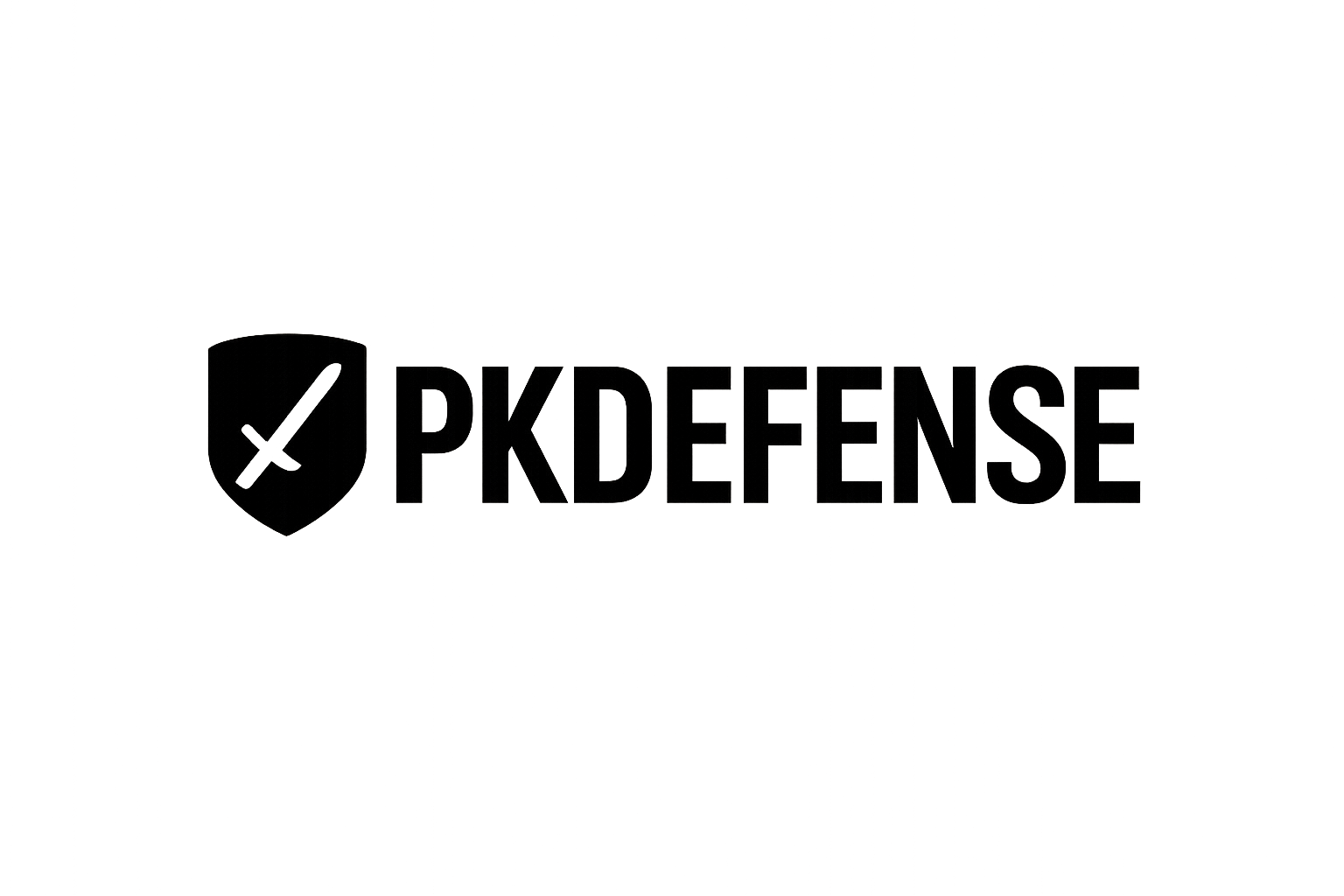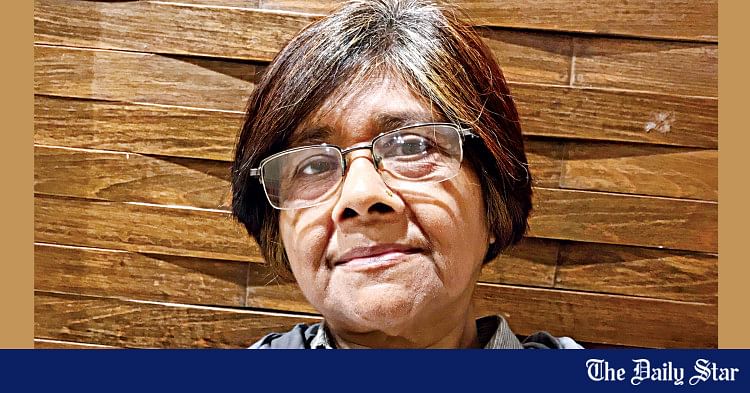Saif
Senior Member
- Joined
- Jan 24, 2024
- Messages
- 16,093
- Likes
- 8,059
- Nation

- Axis Group


Dying mother tongues, cultures
The 1952's language movement was a political struggle to establish Bangla's status as a state language. In consequence, it also gave rise to the linguistic nationalism, a variety of identity politics. So, language movement was not one of preserving Bangla as an endangered language since it is spoke
Dying mother tongues, cultures
SYED FATTAHUL ALIM
Published :
Feb 24, 2025 23:52
Updated :
Feb 24, 2025 23:52

The 1952's language movement was a political struggle to establish Bangla's status as a state language. In consequence, it also gave rise to the linguistic nationalism, a variety of identity politics. So, language movement was not one of preserving Bangla as an endangered language since it is spoken by more than 260 million people in Bangladesh and the State of West Bengal in India. Unlike Bangla and other major languages of the world, there are scores of languages that are spoken by fewer people. According to the Foundation for Endangered Languages, a British non-profit, out of some 6,000 languages spoken around the world, between 500 and 1000 are endangered as a handful of humans speak them. And every year about 50 of these languages go extinct. These are indigenous languages. But the way humans have preserved the relics of the past civilisations and empires, they have not done so for the languages that are going extinct.
Languages go extinct when its last speaker dies. Consider the case of Rangmitca, an indigenous language of the southern district of Bandarban, which is critically endangered. A recent report says, among the majority Mro speaking people of Krangsipara village under Sadar Union of Alikadam upazila in Bandarban, four people speak Rangmitca. But according to experts, this language is not a dialect of Mro. Reports further say, there are only three other speakers of this language who live in three different villages in the Sadar upazila and neighbouring Naikhongchhari upazila. Even other family members of those seven people, who are aged between 58 and 79, cannot speak Rangmitca. During the Ethno-Linguistic Survey' conducted between 2013 and 2018, there were 40 speakers of this indigenous tongue. That means, within a decade, 80 per cent of the people speaking the language has died. Clearly, the fate of Rangmitca is doomed and the organisation responsible for protecting and preserving endangered languages, the International Mother Language Institute (IMLI), should act fast to record and document the spoken version of the language from its speakers still alive. According to another report, only two people have been found who still (2025) speak a near-extinct indigenous language, Khariya.
The IMLI, it is believed, will also not allow Khariya to die with the death of its last speakers. The said linguistic survey identified 14 such indigenous languages in Bangladesh that are endangered. These include Munari, Matto, Kheying, Khumi, Kol, Chak, Pangkhwa, Pattra or Laleng, Lusai, the earlier mentioned Khariya, Shoura, Koda, Kando and the first mentioned tongue, Rangmitca. But little has been done so far to preserve these languages. Of the 40 ethnic languages existing in Bangladesh, 18 have written form. Even so, they may one day die out because if there is no adequate arrangements to educate the children of the indigenous communities speaking those languages, then they would in course of time forget their mother tongue and adopt the dominant speech of the broader society, Bangla. The government needs to extend necessary support to protect and preserve those languages. Now, one might question the necessity of preserving a minor language. British writer and broadcaster, Kenan Malik, for instance, thinks it is an 'irrational' exercise to preserve all the world's languages. The last speaker of the Bo, an 85-year-old member of the Bo tribe in the Andaman Islands owned by India, died in 2010. With him the Bo went extinct. Though sad, to Mr Malik, it was natural because that is how cultural forms are getting extinct all the time.
However, with the death of a language, thoughts, culture and more importantly, the history of a people is lost forever. But the pressure of globalisation and cultural homogeneity is causing many languages of the world to die depriving the planet of their rich linguistic diversity. However, protecting an indigenous language or culture does not mean that the people who speak it should not join the march of progress. They must. But their traditions and histories deserve to be preserved.
SYED FATTAHUL ALIM
Published :
Feb 24, 2025 23:52
Updated :
Feb 24, 2025 23:52
The 1952's language movement was a political struggle to establish Bangla's status as a state language. In consequence, it also gave rise to the linguistic nationalism, a variety of identity politics. So, language movement was not one of preserving Bangla as an endangered language since it is spoken by more than 260 million people in Bangladesh and the State of West Bengal in India. Unlike Bangla and other major languages of the world, there are scores of languages that are spoken by fewer people. According to the Foundation for Endangered Languages, a British non-profit, out of some 6,000 languages spoken around the world, between 500 and 1000 are endangered as a handful of humans speak them. And every year about 50 of these languages go extinct. These are indigenous languages. But the way humans have preserved the relics of the past civilisations and empires, they have not done so for the languages that are going extinct.
Languages go extinct when its last speaker dies. Consider the case of Rangmitca, an indigenous language of the southern district of Bandarban, which is critically endangered. A recent report says, among the majority Mro speaking people of Krangsipara village under Sadar Union of Alikadam upazila in Bandarban, four people speak Rangmitca. But according to experts, this language is not a dialect of Mro. Reports further say, there are only three other speakers of this language who live in three different villages in the Sadar upazila and neighbouring Naikhongchhari upazila. Even other family members of those seven people, who are aged between 58 and 79, cannot speak Rangmitca. During the Ethno-Linguistic Survey' conducted between 2013 and 2018, there were 40 speakers of this indigenous tongue. That means, within a decade, 80 per cent of the people speaking the language has died. Clearly, the fate of Rangmitca is doomed and the organisation responsible for protecting and preserving endangered languages, the International Mother Language Institute (IMLI), should act fast to record and document the spoken version of the language from its speakers still alive. According to another report, only two people have been found who still (2025) speak a near-extinct indigenous language, Khariya.
The IMLI, it is believed, will also not allow Khariya to die with the death of its last speakers. The said linguistic survey identified 14 such indigenous languages in Bangladesh that are endangered. These include Munari, Matto, Kheying, Khumi, Kol, Chak, Pangkhwa, Pattra or Laleng, Lusai, the earlier mentioned Khariya, Shoura, Koda, Kando and the first mentioned tongue, Rangmitca. But little has been done so far to preserve these languages. Of the 40 ethnic languages existing in Bangladesh, 18 have written form. Even so, they may one day die out because if there is no adequate arrangements to educate the children of the indigenous communities speaking those languages, then they would in course of time forget their mother tongue and adopt the dominant speech of the broader society, Bangla. The government needs to extend necessary support to protect and preserve those languages. Now, one might question the necessity of preserving a minor language. British writer and broadcaster, Kenan Malik, for instance, thinks it is an 'irrational' exercise to preserve all the world's languages. The last speaker of the Bo, an 85-year-old member of the Bo tribe in the Andaman Islands owned by India, died in 2010. With him the Bo went extinct. Though sad, to Mr Malik, it was natural because that is how cultural forms are getting extinct all the time.
However, with the death of a language, thoughts, culture and more importantly, the history of a people is lost forever. But the pressure of globalisation and cultural homogeneity is causing many languages of the world to die depriving the planet of their rich linguistic diversity. However, protecting an indigenous language or culture does not mean that the people who speak it should not join the march of progress. They must. But their traditions and histories deserve to be preserved.


































